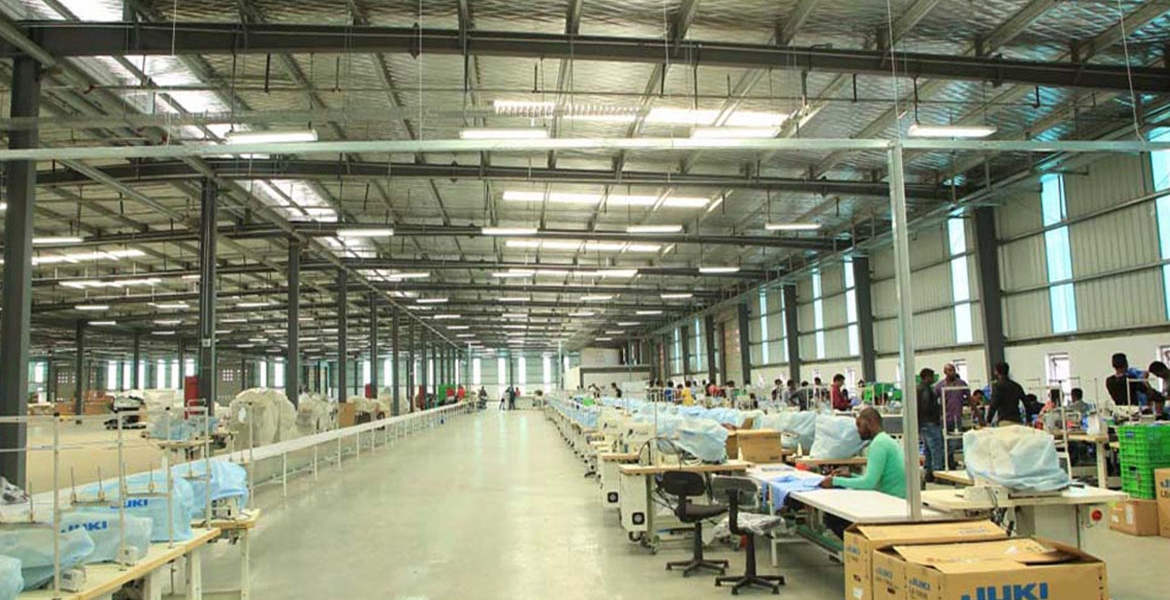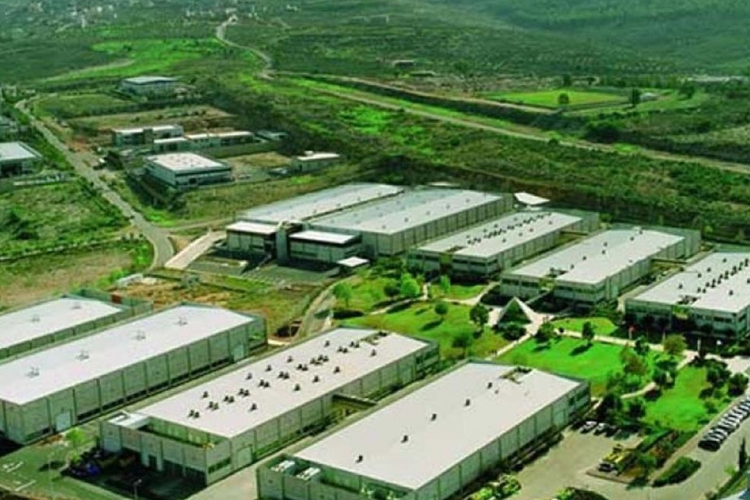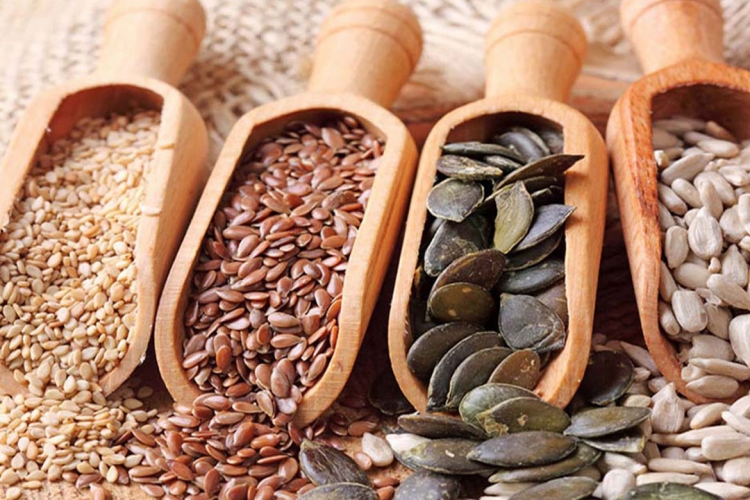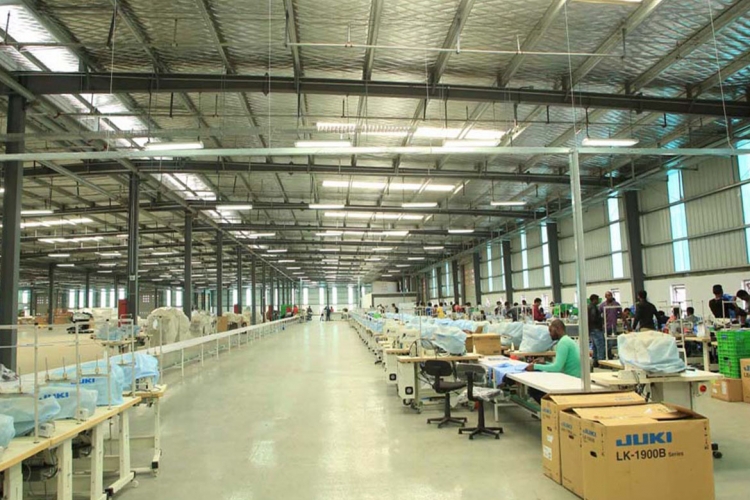Integrated Agro-Industrial Parks For Economic Transformation
Industrial parks operated or owned by IPDC in this country.Ethiopia plans to construct 17 Integrated Agro Industrial Parks (IAIPs) that will be built in all states. Four states have already laid cornerstones to commence the construction of their own agro-processing industrial parks. The parks will help the country speeding up its economic transformation from farming to industrial-led one.
Ethiopia aimed at fostering rapid industrialization through nurturing manufacturing and agro-processing industries, thereby to accelerate economic transformation and attract domestic and foreign direct investments. The government has given top priority for the development of industrial parks: large, medium and light scale parks on the one hand, and IAIPs on the other hand, as they are believed to be epicenter for the nation's economic transformation.
In line with this, the government has recently started laying cornerstones to commence the construction of four pilot integrated agro-industrial parks in Amhara, Oromia, SNNPS and Tigray states.
In a recent press conference, Dr. Mebrhatu Melese briefed journalists that each of the four pilot agro-processing parks are expected to create over 600 thousand job opportunities, create conducive conditions to attract investors and market chain, build globally competitive capacity, able to export value-added agricultural products and enhance economic transformation among others.
Dr. Mebrhatu further said that the government has planned to develop an area of 1,000 hectares of land in each of four agro-industrial parks. Of which, 250 hectares of land will be developed during the first phase. Based on agro-ecology of the parks, pulses, oil-seeds, poultry, meat, milk, honey, vegetables, fruits, and coffee among other processing factories will be established. Some 60 big or 120 medium size factories will be established during the pilot level.
According to Dr. Mebrhatu, upon fully operational, the Burie Park alone will produce 558 thousand tons of agricultural yields and will generate 14 billion Birr annually. The other Baker Park will produce 700 thousand tons of various agricultural products and is expected to generate 18 billion Birr annually. Similarly, Bulbula Park will also produce 591 thousand tons of agricultural products and will generate 14 billon Birr annually. And Yirgalem agro-processing park is also expected to produce 233 thousand tons of various products, and will also generate 6 billon Birr annually.
Feasibility study had been held by the Ministry of Industry in cooperation with UNIDO and FAO. The design includes the installations of feeder roads, water, electric and telecommunication facilities, dry and wet waste management pipelines. It also includes processing shades and equipment, raw materials and warehouses among other things.
The design has also encompassed Mota, Maykadra, Shashemane and Dila rural transformation centers including model yield collecting centers at kebele levels. In each agro-industry parks, about 50 MW and six thousand meter cube water are needed to effectively run the projects, he said.
Special Advisor to Prime Minister and Board Chairman of the Industrial Parks Corporation Dr. Arkebe Oqubay, once told The Ethiopian Herald: "The country is targeting one billion USD of annual investment in industrial parks over the next decade to boost exports and make them Africa's top manufacturers. The government has planned to invest half of the 10 billion USD needed for parks, particularly for textile, leather, agro-processing and other labor intensive sectors."
According to some literature, industrialization has become a national priority for Ethiopia for two reasons. First, Ethiopia is an agrarian economy. Consequently, it needs to process the agricultural raw materials and sell the processed products on the global market. As Ethiopia is undergoing a massive socio-economic transformation, prioritizing the sector will be a prime focus in the next ten years.
Furthermore, IAIP also aimed at transforming the agriculture sector. It is a geographic cluster of firms grouped together to share different infrastructure and to exploit the opportunities for joint purchasing, selling, training, providing extension services and other synergies. The business model of the IAIPs promotes efficiency of the commercial food supply chain. It is an end-to-end approach linking production to the market. Such agro-processing parks will be established within a 100 kilometer radius of input sources and market accesses.
So far, 17 Agro-Industrial Growth Corridors (AIGCs), with agro-industrial potential, were identified across the country. Currently, the feasibility studies conducted for the four pilot IAIPs have been completed. To fully operate the parks, products such as coffee, livestock, cereals, sesame, pulses, honey, fruit and vegetable are identified for processing. In addition, value chain analysis has been done and 1,000 hectares of land have been attributed. AIGCs sites selected for the pilot development are located in the regions of Bulbula in Oromia, Burie in Southwest Amhara, Yirgalem in Eastern SNNP (Southern Nations, Nationalities and Peoples), and Baker in Western Tigray.
Once, the Ethiopian Minister of Industry, Ahmed Abetew said the parks will incorporate companies engaged in exporting value-added agricultural products to the world market. Apart from domestic companies, farmers and the youth are the epicenter for agricultural commercialization. Upon completion, the agro-industrial parks will represent over 30 billion ETB (1.5 billion USD) in investments, and will create over 400 business opportunities and over 400,000 direct employments. They will be finalized within four years.
The large, medium and light scale agro-processing parks are expected to facilitate the situation for the planned transition to the industry-led economy through accelerating the manufacturing sector, contributing to job creation and import substitution, and strengthening export and innovation.Thus, IPDC is vigorously working to develop 100,000 hectares of land between 2016 and 2025, for a total factory floor area of 20 million meter square.
Article taken from All Africa. Please find it here




